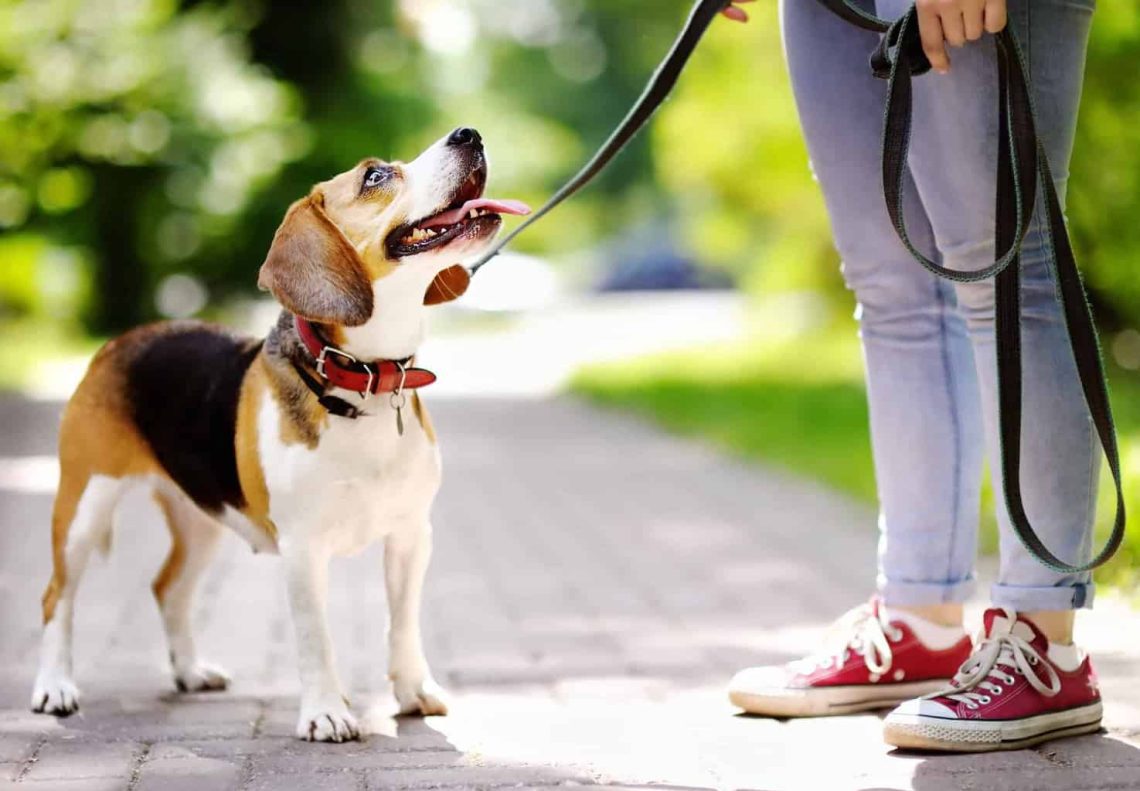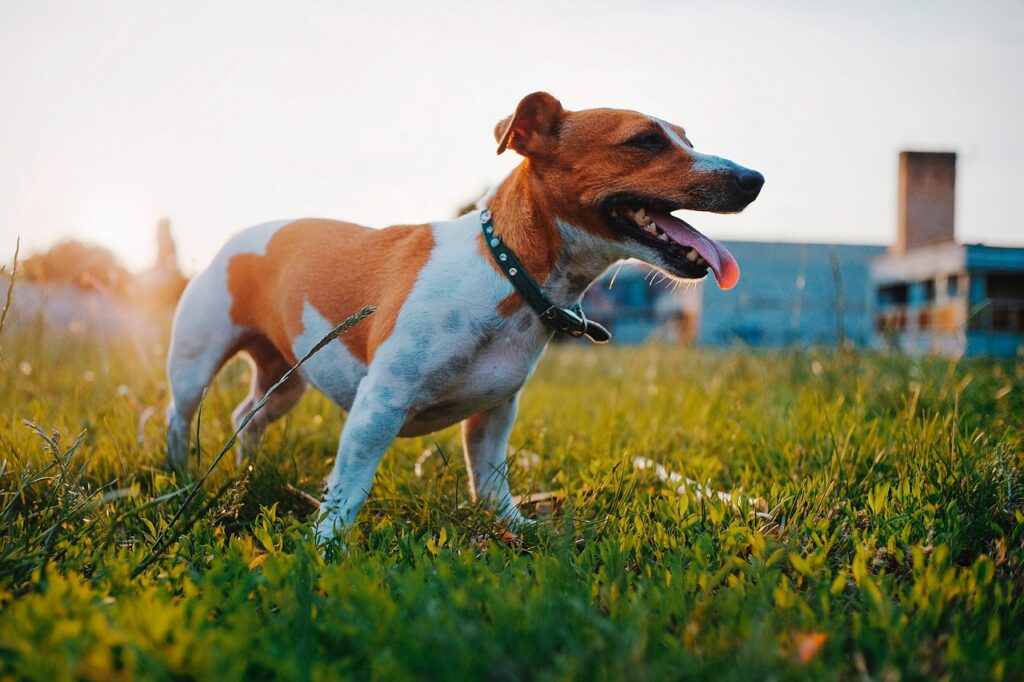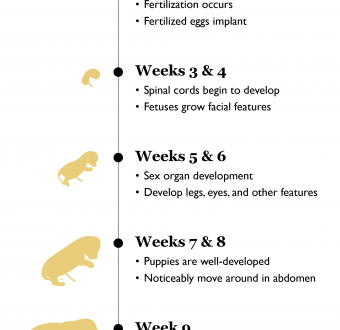
The right to choose for a dog for a walk
Alas, the life of our pets for the most part is arranged in such a way that they have practically no choice. We decide when, what and how they will do, where they live, what they eat, when they walk. Of course, this is dictated by considerations of safety and our comfort. However, the lack of choice negatively affects the well-being of the dog. What to do?

Why does a dog need a choice
As I mentioned, the lack of choice can negatively affect a dog’s well-being. Indeed, in such a situation, our four-legged friend cannot control the world in which he lives. This creates a sense of insecurity and increases anxiety.
Choice, on the other hand, gives the dog a sense of control. And that means more security. The dog becomes calmer, the level of anxiety decreases. And self-confidence increases. A more self-confident dog is, among other things, safer for others.
But, of course, we cannot provide the pet with the right to choose in everything. How to do it safely? One option is to provide choices in some aspects of the walks.
How to give your dog the right to choose on walks
First, you can let the dog choose the direction of travel. Of course, in a safe environment. Important rules: we do not tell the dog the direction either with a leash, or with our own body, or even with our eyes.
If the pet was previously deprived of any choice, at first he may be confused. But he will gradually get used to it and begin to offer you more and more new routes. And get even more pleasure from walking. By the way, you may also like it, because this approach makes it possible to learn a lot of interesting things about the pet. And visit places that you probably wouldn’t even know about otherwise.
In addition, it allows you to give the dog a useful intellectual load. Indeed, on such walks, the dog explores a lot and gets tired “in a good way”.
This method has limitations. This exercise is not suitable for dogs that overreact to stimuli, and for dogs with a fear of the street – at the initial stage of work.
Secondly, you can give the dog the right to choose in communication with relatives. Of course, everyone remembers (I hope) that the consent of the owners is necessary for dogs to communicate. But many are surprised to hear that the opinion of dogs is also important.
Does your pet want to communicate with this or that relative? Does he feel comfortable talking? To answer these questions, it is necessary to monitor the behavior and body language of dogs. And in time to stop communication, which becomes uncomfortable for any of the participants.





